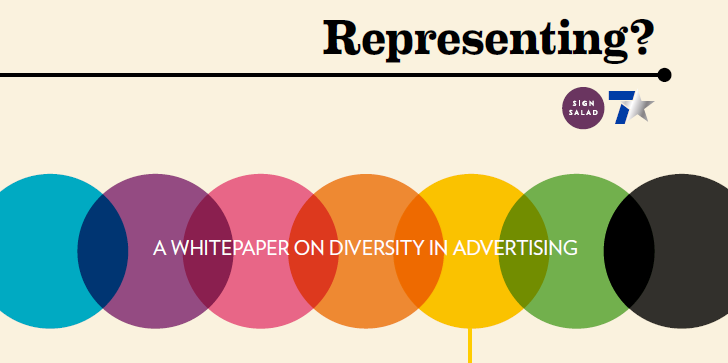
THE STORIES THAT LIT UP OUR MEDIA WORLD THIS MONTH
—————————————————————
ITV is preparing to remove its programming from Netflix as it plans to launch its own rival streaming service. Announced this month, ITV’s chief executive is said to be planning to take its archive of shows to which it has UK rights, including Broadchurch, Victoria and Prime Suspect, from Netflix. ITV’s revenues have been boosted this year thanks to World Cup coverage and the success of Love Island, with ad revenue up 22% in June and 9th in July; contributing to a total increase of 2% across the first six months of 2018. Whether an ad-free streaming will be a success, however, remains to be seen.
—————————————————————
A new study from Trinity Mirror Solutions and House 51 has suggested that those working in the ad industry are fundamentally different to consumers. Specifically, the research found that, while analytical thinking dominates our industry, the public tends to think more holistically. This means that the advertisers tend to undervalue the context of advertising, the importance of creating shared rather than individual experiences, and the continued effectiveness of existing creatives and traditional media channels.
—————————————————————
Twitter has begun an effort to address social media fraud by deleting tens of millions of suspicious accounts on the platform. Twitter has come under scrutiny recently, as the market has come to invest further in social media influencers. In a move that seeks to restore trust for advertisers and attack those with artificially inflated follower counts, a number of users will have seen their follower account drop. Twitter has estimated that the typical user will see this decrease by about 6%. Some of Twitter’s top ten most followed accounts have also seen a drop – including One Direction member Harry Styles, who’s lost 877,000 followers, bringing him to 32 million. The move should help to maximise ad spend and stamp out fraud across the market.
—————————————————————
The heatwave has had a detrimental impact on UK cinema attendance, with box office sales down 20% since June, despite the release of mega-hits Jurassic Park and Ocean’s 8. Between June to mid July last year, the UK box office had taken £128m, this year taking just £103m within the same period. The industry will hope that the long-awaited Incredibles sequel, despite having opened over the weekend of the World Cup final, will convince Brits to head to their local theatre. Major releases such as Fantastic Beasts and family-favourite Mary Poppins Returns should also see attendance back up towards the end of 2018.






Recent Comments